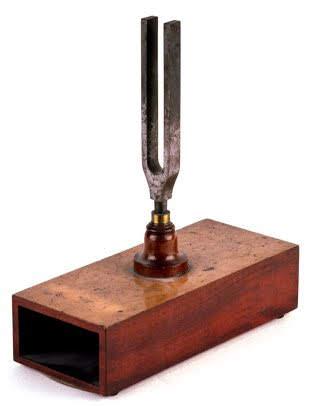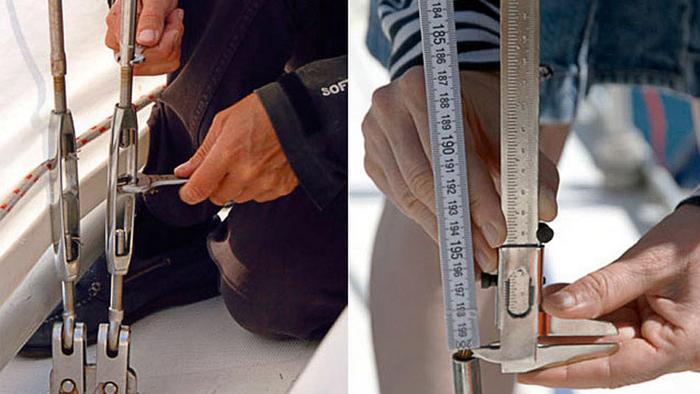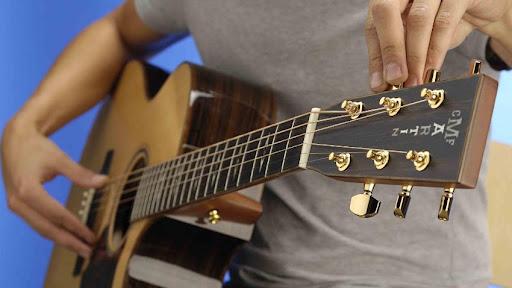Did you know that the journey of tuning a cigar box guitar can dramatically influence not just the *sound* but the *soul* of your music? This unassuming instrument, with its rich history and humble origins, holds the power to transform beginners into confident musicians—when tuned correctly, that is. *As someone who has delved into the realm of lutherie*, I find that the simplicity and charm of cigar box guitars make them an excellent starting point for budding musicians. However, the key to unlocking their potential lies in understanding how to properly tune them.
Throughout this guide, I will take you through the nuances of cigar box guitar tuning, offering **beginner guitar tips** that will make the process both educational and enjoyable. From standard tuning methods to exploring thrilling alternate tunings, and essential instruments for tuning, you’ll gain the skills needed to create beautiful music from this curious, evocative instrument. Your journey into the world of *cigar box guitar tuning* begins here.
Why Tuning is Important

In my experience as a luthier, I’ve found that proper tuning not only enhances the sound but also significantly boosts a musician’s confidence. It’s the essence of any instrument, akin to finding the right key to unlock a world of harmonious possibilities. What happens if you try to play a guitar that’s out of tune? The notes clash, your ears cringe, and the intended melody becomes a cacophony of mismatched tones. This is especially true for the cigar box guitar, where every string vibration crafts a story, a journey through the world of music that transcends its humble construction.
This emphasizes why tuning is so vital. It sets the foundation for exploring the rich tapestry of cigar box guitar techniques. Each perfectly pitched note builds a layer of confidence, allowing musicians to immerse themselves fully in their art. Through countless music lessons, I’ve seen firsthand how tuning transforms not just the sound, but the player themselves. It bridges the gap between the musician and their instrument, offering an intimate connection that resonates far beyond the notes. Proper tuning is more than a technical necessity; it’s a gateway to musical expression and mastery.
How to Tune a Cigar Box Guitar
Standard Tuning Methods

Did you know that some of the most popular songs are played using just a few simple tunings? It’s fascinating how these standard tunings can transform your cigar box guitar into a versatile instrument capable of echoing the classics. As I immersed myself in the study of instrument acoustics, I noticed how open G tuning, D A D tuning, and GDG tuning reveal unique sound profiles that stand apart in their distinctive resonance. These tuning methods are not only foundational but also fundamental in achieving the rich depth of sound that cigar box guitars are known for.
To effectively choose the right tuning, understanding these standard methods is crucial. Open G tuning, for instance, can produce a bright and resonant sound that complements blues and folk music beautifully, while D A D provides a droning quality that many musicians crave for its expressiveness. Meanwhile, GDG tuning serves as a staple in the cigar box guitar community for its straightforward, yet harmonically rich sound.
As we delve deeper into the intricacies of tuning, remember that each method offers distinct characteristics that can enhance your playing style. Transitioning to using alternate tunings can further personalize your music, But first, mastering these standard methods equips you with the foundation needed to explore limitless musical possibilities.
Using Alternate Tunings

What if adjusting your tuning could completely transform your playing experience? Exploring alternate tunings has always thrilled me as it allows for creative expression in ways standard tuning simply cannot. By experimenting with alternate tunings on a 3-string cigar box guitar, you immediately unlock a diverse range of sounds that can elevate your playing to a whole new level. Each alteration in tuning opens the door to unique riffs and distinctive melodies that weren’t accessible before.
The process of switching to an alternate tuning is surprisingly straightforward and adaptable. It involves adjusting the tension of the strings until you achieve the desired pitches unique to each tuning configuration. For instance, shifting to an open G tuning turns your guitar into a slide-friendly powerhouse with rich resonant tones, whereas DAD tuning offers a haunting drone effect that’s perfect for certain styles of play. Ultimately, these alternate tunings expand the creative boundaries of your cigar box guitar, encouraging innovative musical explorations that standard tunings simply can’t match, making it an essential skill for enthusiasts ready to diversify their sound.
Tuning Tips for Beginners

Why do so many beginners struggle with tuning their guitars? It’s a common hurdle that can deter initial enthusiasm if not addressed early. Understanding tuning is essential, especially for cigar box guitars, which offer unique challenges due to their unconventional structure. Having guided numerous beginners, I can assure you that mastering the basics of tuning lays a solid foundation for all future playing. Here are some beginner guitar tips that can make this process smoother.
Start by familiarizing yourself with the basic components of your instrument. Knowing the role of each string and how tension affects pitch is crucial. Utilize a tuner—either digital or an app—as it provides accurate feedback, eliminating guesswork. One of the pivotal tuning tips is to listen closely and retrain your ear to detect changes in pitch. This skill develops over time and is fundamental in refining your overall playing experience.
Don’t be afraid to experiment with different methods and tunings. Whether exploring standard tuning or venturing into alternate setups, each approach offers its own learning curve and rewards. As you grow more confident in your tuning capabilities, you’ll find it significantly enhances your musicality and satisfaction with the instrument. Remember, patience and practice make perfect.
What Instruments are Used for Tuning

As an enthusiast and a dedicated editor for the Savart Journal, I’ve spent countless hours exploring the myriad of tools that can aid in the tuning of cigar box guitars. Did you know that the right instrument can make all the difference in achieving accurate tuning? This revelation has been a guiding principle in my exploration of tuning techniques. The most common tool used is the tuner app or device. These instruments are incredibly precise, offering real-time feedback on your guitar’s pitch, which is crucial for achieving that perfect sound.
Aside from electronic tuners, other tools like pitch pipes and tuning forks can be invaluable. These instruments provide a reference pitch that helps you achieve precise tuning of each string, considering the variety of string sizes used in cigar box guitars. Understanding the nuances of different cigar box guitar chords becomes significantly easier with the right tuning aid in hand.
In my journey, I’ve learned that these tools not only help in precise tuning but also enrich the overall music-making process, allowing both beginners and seasoned players to fully appreciate their instrument’s potential.
Where to Learn More About Tuning Techniques

As an active contributor to the lutherie community, I firmly believe in empowering musicians with the knowledge to refine their skills. So, what resources are available for you to improve your guitar tuning skills? Whether you’re just starting out or looking to deepen your expertise in cigar box guitar techniques, a wealth of information awaits you.
Firstly, I recommend engaging in music lessons specifically tailored to cigar box guitars. Over the years, I’ve found that personalized lessons offer valuable insights into the nuances of specific tuning methods, helping you develop a keen ear and a precise technique. Additionally, online platforms and forums dedicated to cigar box guitar enthusiasts provide a community-driven environment to exchange ideas and solutions.
Continuing your learning journey, consider investing in comprehensive books and tutorials authored by experienced luthiers. These resources typically delve into both traditional and innovative tuning methods, giving you a broader perspective. By immersing yourself in these materials and actively participating in discussions, you’ll steadily enhance your tuning prowess and overall musicianship.
Conclusion
What have we learned about cigar box guitar tuning that can enhance your playing? Through this *comprehensive journey*, we’ve uncovered the nuances of tuning techniques that not only elevate the sound but expand your creative possibilities. By exploring standard and alternate methods, this guide has equipped you with the essential *beginner guitar tips* needed to make your music resonate with clarity and uniqueness.
In summary, as I reflect on my journey in lutherie, each tuning insight I’ve gained contributes to a greater understanding of sound and instrument interaction. *Understanding the importance of proper tuning* and the different instruments that aid this process is crucial for anyone looking to master the cigar box guitar. Moreover, embracing these techniques opens a door to an enriched musical experience, driving a deeper connection between you and your handmade instrument.
Your next steps might very well include exploring more of this fascinating world, continuously learning and honing your skills. Now that you’ve mastered the art of *cigar box guitar tuning*, the possibilities for creating distinctive melodies are endless.
FAQs

R.M. Mottola, an engineer-turned-luthier, revolutionizes stringed instrument design with his deep focus on acoustics and ergonomics since 1994. As editor of the Savart Journal and a key contributor to American Lutherie, Mottola merges science with artistry in lutherie. He enriches the field with his extensive knowledge, shared through his Liutaio Mottola website, making him a beacon in the world of modern instrument craftsmanship.
